Last Child in the Woods
If you’ve never heard the term “nature deficit disorder” or the theory behind the phrase, you might want to read Last Child in the Woods. Written by Richard Louv in 2005, this powerful book sheds light on the physical and emotional effects experienced by children who spend too little time with nature and too much time with technology. Overall, this one of those books that inspire and completely change the way you think about outdoor activities.
Planning outdoor activities like camping isn’t just a good way for kids to stay active (although that’s also a great benefit). It’s also a way to improve both children’s and adult’s overall well-being. Last Child in the Woods presents developing research on this topic, and the book will make you eager to spend more time outdoors with your kids. Now is the perfect time to get outside since the weather is warming up!
The Nature Principle
Richard Louv isn’t just about causing a scare. He’s also about providing hope and solutions. In The Nature Principle—his follow-up book to Last Child in the Woods—Louv calls people to bring about a happier future. Louv inspires us to spend more time with nature by describing the ways it can boost creativity, happiness, and wellness. He also calls us create more sustainable solutions for businesses and communities.

 If you are an international customer, please
If you are an international customer, please 
 Get cooking tips, stories, and news about products and events by
Get cooking tips, stories, and news about products and events by 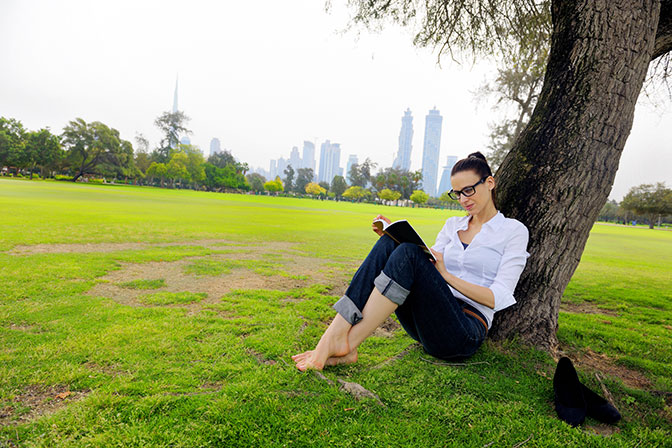
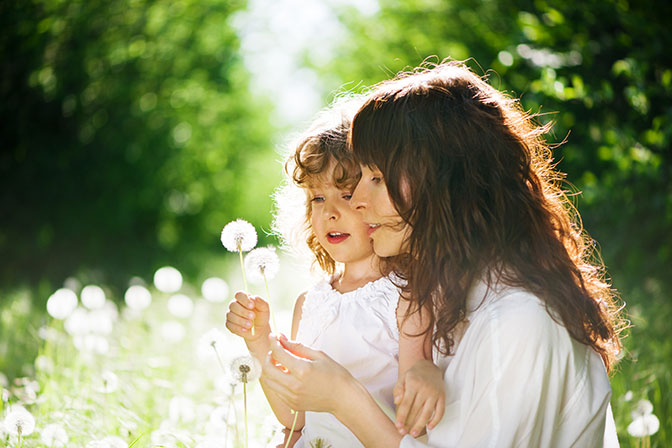
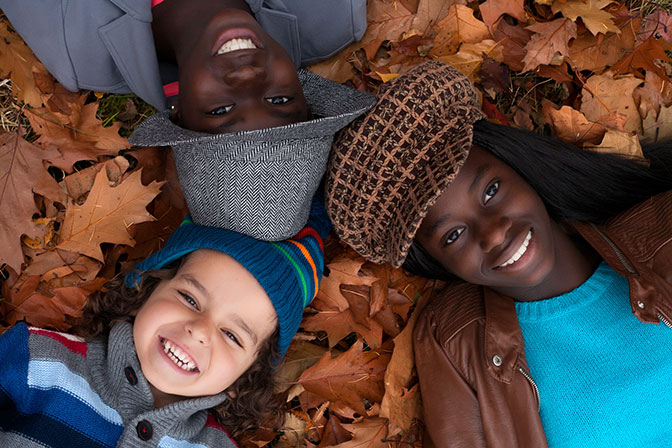
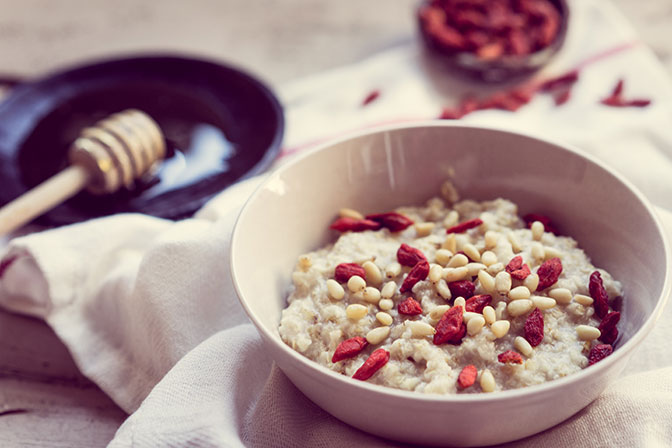
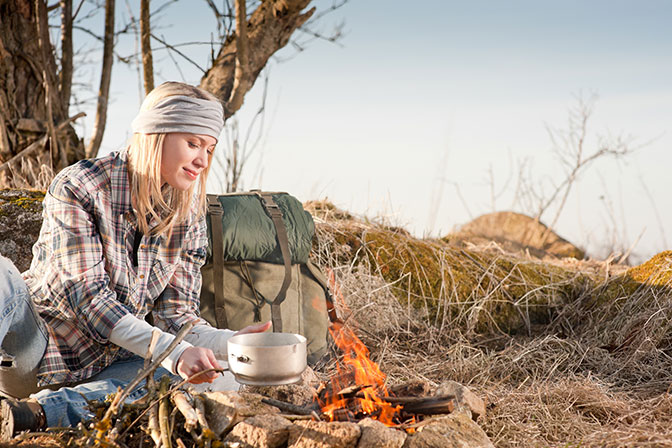
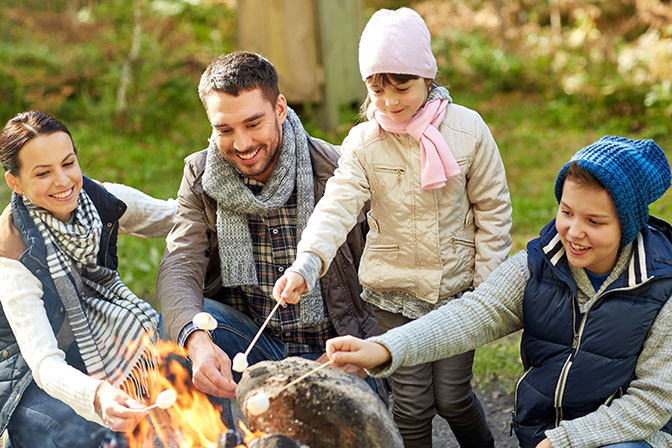
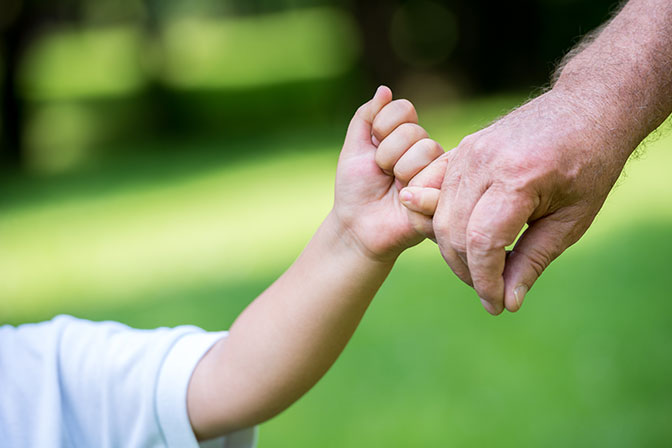

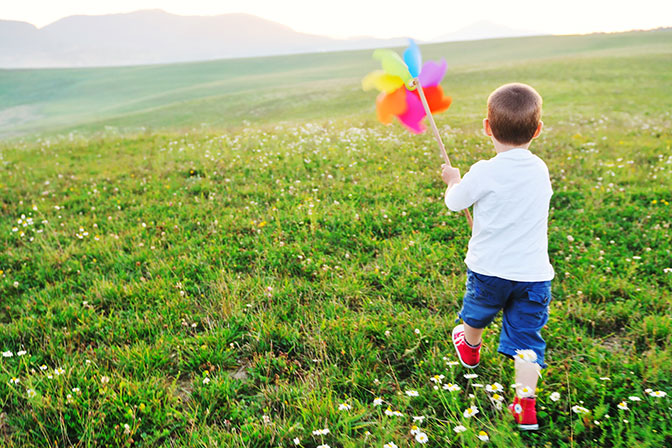
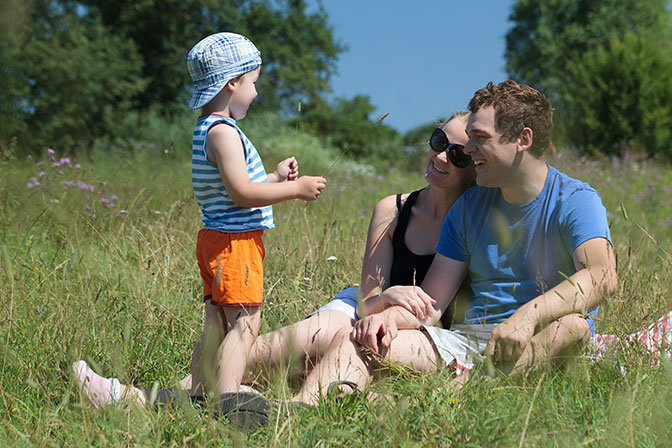
 Want to find out more about our products or speak directly with us? No, problem! Fill out our
Want to find out more about our products or speak directly with us? No, problem! Fill out our